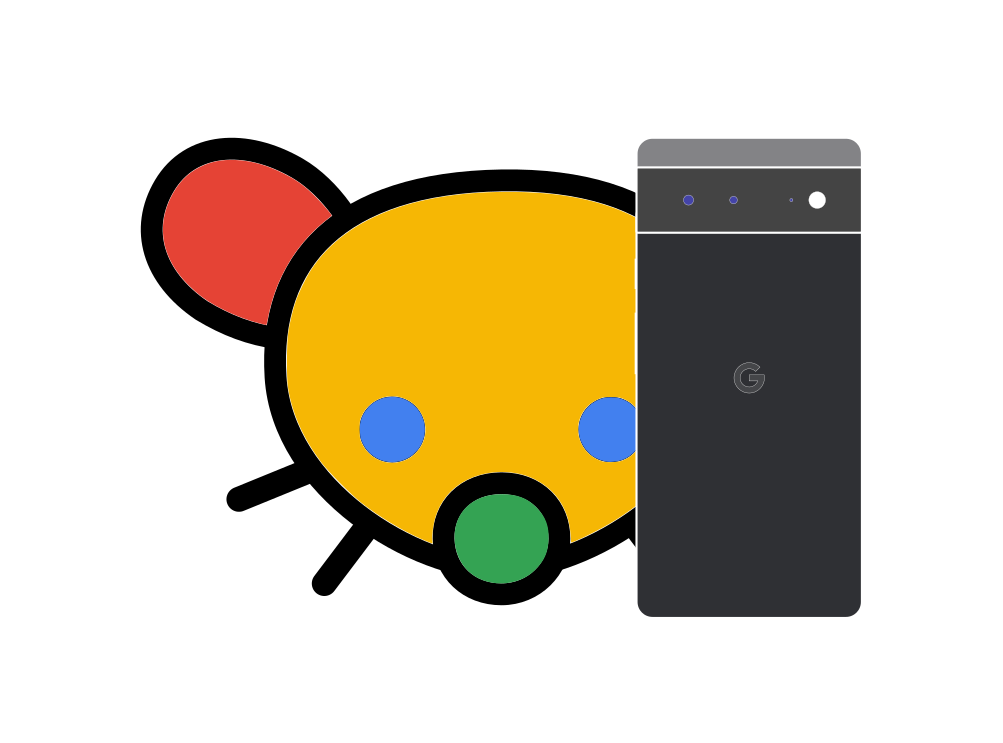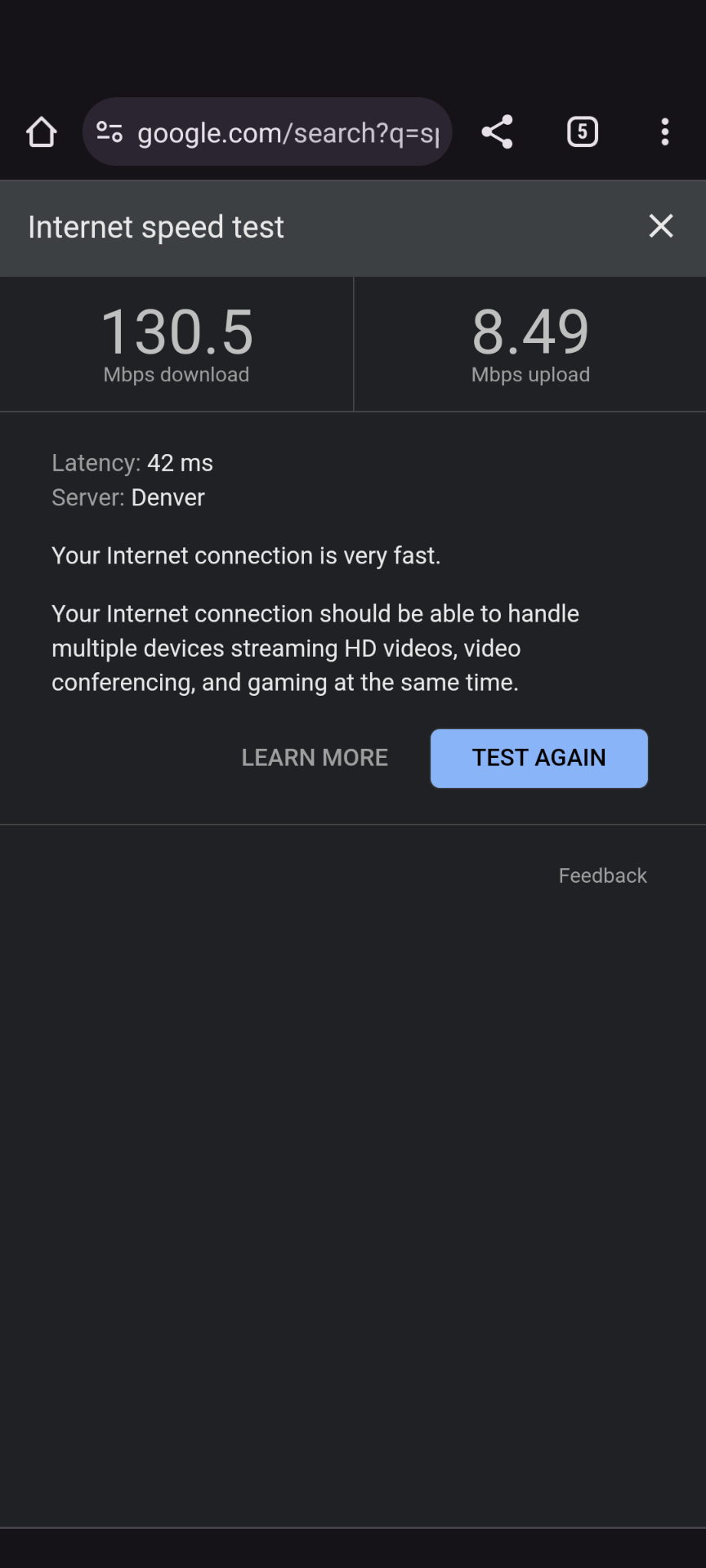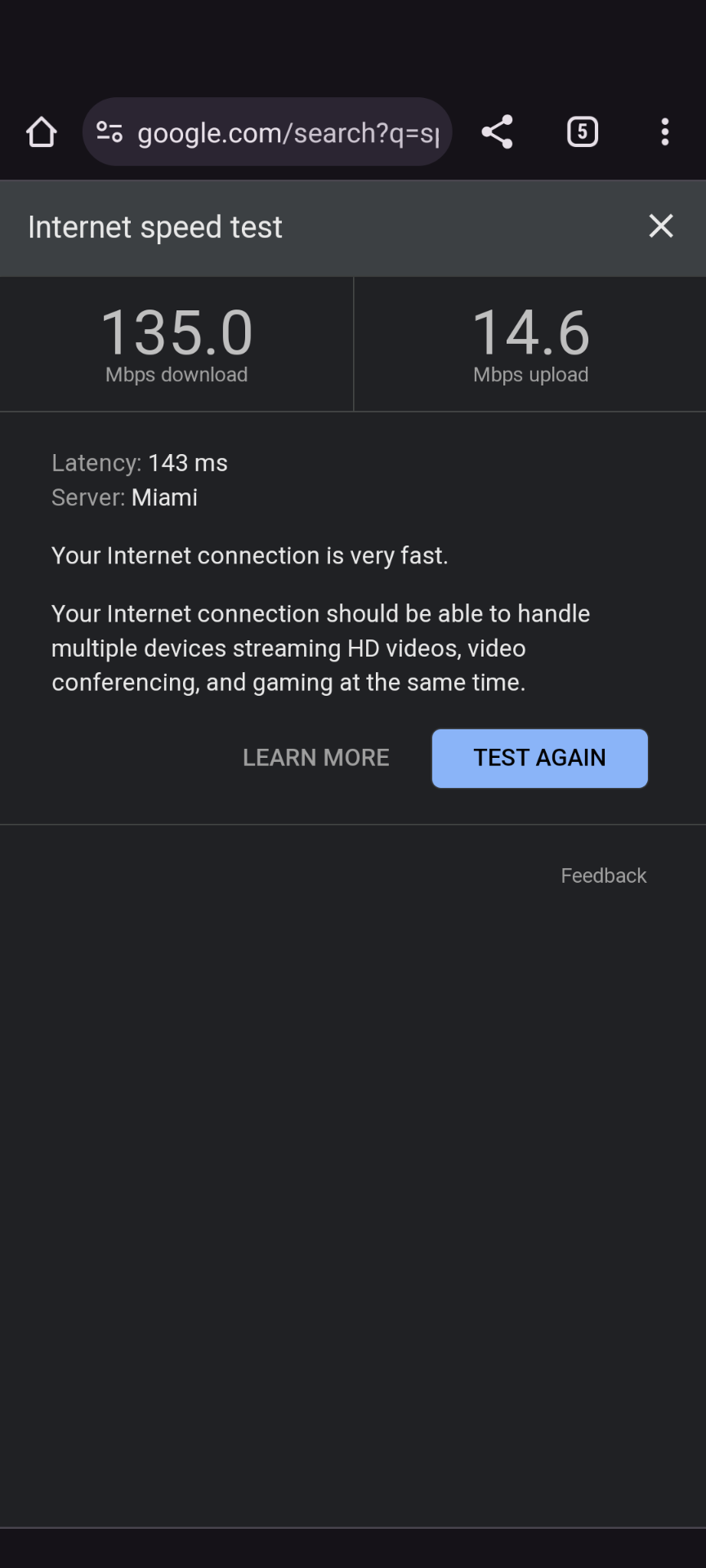dadarobot
@sleepy@mastodon.sdf.org
- 4 Posts
- 31 Comments

 12·1 month ago
12·1 month agojherkenhoff lol

 81·1 month ago
81·1 month agoA lot of great advice from others here. Must admit i didnt read your whole post, pretty long. So this is more of general advice for switching. Also fairly long, so i dont blame you if you dont read this whole thing lol
I feel like you should find a good way to dip your toes into linux before you fully commit. Dual booting can be complicated, and will break from time to time. You should either spin up a virtual machine, or install linux on an old pc or laptop to test the waters, and figure out your new workflow. This is really my main piece of advice. Use both for a while.
Try to use linux the linux way, dont try to use it the way you use windows. A year or so ago LTT did a series of videos where they were using linux exclusively for a month. I was constantly frustrated when they tried to do things like manually copy files to the non user filesystem. You generally should never do that, and there is usually a location in your user directory that a program will also look for these files. You obviously won’t know what the linux way to do things is right away, but that’s part of why you want to use both windows and linux for a while. You will likely break your system at some point doing things wrong, when you dont know its wrong. Then just reinstall fresh and go again.
You should get a passing familiarity with the command line. You can do a majority of stuff in the gui, but when you run into problems, most advice online will use command line because it is mostly universal between distros and desktop environments. Linux is basically command line first, with a ton of great graphical front ends on top of it.
I expect the biggest pain points will be proprietary software that you might miss. Despite the claims of the linux evangelicals, there is not a good replacement for photoshop depending on what you use it for. Gimp works well for photo editing, but when i worked in marketing and had to pump out a bunch of ads quickly, it was a bit much to use gimp for. Just using that as an example. Stuff like this will be a major adjustment.
Ive been using linux almost exclusively for over 20 years, so i dont have much insight on how to make an easy transition. In fact when i have to use windows for work or something, i generally set it up with more of a linux workflow. Using lots of command line software etc
Good luck, have fun, and dont get too frustrated when things break!
I gotta say, i love how these comments are civil. Linux often seems to devolve into turf wars. Just made me happy

 8·3 months ago
8·3 months agoThis really reinforces my decision to pirate content.

 4·3 months ago
4·3 months agoMacast is pretty cool too. Think it uses upnp or something.

 5·3 months ago
5·3 months agoIf you get a usb remote you can bind the home button to rofi or something similar to make a quickstart menu for apps and websites you use most often.

 81·4 months ago
81·4 months ago4G

5g

The screenshot cut off my top bar, but i have almost no “bars” on 5g almost ever. And very unreliable connection

 15·4 months ago
15·4 months agoHonestly, i turned off 5g and have been very happy with the results

 3·8 months ago
3·8 months agocan anyone recommend a linux phone that’s not old tech
Suggests 6 year old phone

 3·9 months ago
3·9 months agoNo, your laptop also connects to the hotspot. If you have available wifi at your location, you can then setup the pi to use that wifi and disconnect the phone hotspot, and just use the local wifi on all devices.
Ive just found this to be the simplest setup. I briefly had serial over bluetooth set up, and it was an easier way to change the pi’s wifi, but it broke pretty quickly for me not sure why.
Probably the most elegant solution is ethernet over usb, but thats a bit of a pain to set up.
For me a hotspot has been the least headache

 5·9 months ago
5·9 months agoWhat i usually do is set up a wifi hotspot from my phone, and connect the pi that way

 1·9 months ago
1·9 months agoEdit: just looked at your link. I think for the time being im going to use tailscale. Its a restaraunt, and they dont have a self-hosted server. Im trying to get around opening ports, so using an existing service. Your link did make me aware of cloudflare tunnels whick looks like it allows 50 users on a free plan vs tailscale’s 3. Although the 3 might work for them, I’ll have to check. Ill probably drop in an ngrok tunnel too so i can maintenence the pi remotely. (They are in a different state) i was mostly looking for advice on how to connect a port on one machine to another over a lan, and socat looks perfect
Actually, i found socat which seems to work just fine so far, and appears to be a standard linux command.
socat TCP4-LISTEN:8096 TCP4:192.168.86.2:8096
Thats a test i did with jellyfin at home

 1·9 months ago
1·9 months agoOh that makes sense because when i originally set it up, i did want all traffic routed through it. I guess i didnt realize it didnt have to be

 1·9 months ago
1·9 months agoSomething ive noticed from using wireguard from my phone is my traffic across the board slows down significantly while connected because everything is routed back home.
With tailscale can the user be connected, and only have a specific ip/domain routed through it? I also dont have access to the dvr’s internal system to run tailscale from it.
Anyway thanks for the lead, im reading up now

 6·1 year ago
6·1 year agoId be happy if it would show me my fucking doorbell camera when it rings, or at least do the doorbell chime so i dont need a google home next to my google home replacement.
How you gonna call it a Home replacement and not support basic shit.
Jellyfin also has a web interface. http://SERVERIP:8096
Obviously, put your ip in there.

 71·1 year ago
71·1 year agoHonestly, id just reinstall windows, check the router for port forwarding, change the admin password on the router, and call it a day.
Then, keep an eye on it and see if the situation improves
Well ill be darned. Thank you


Well i got python311.Packages. tkinter